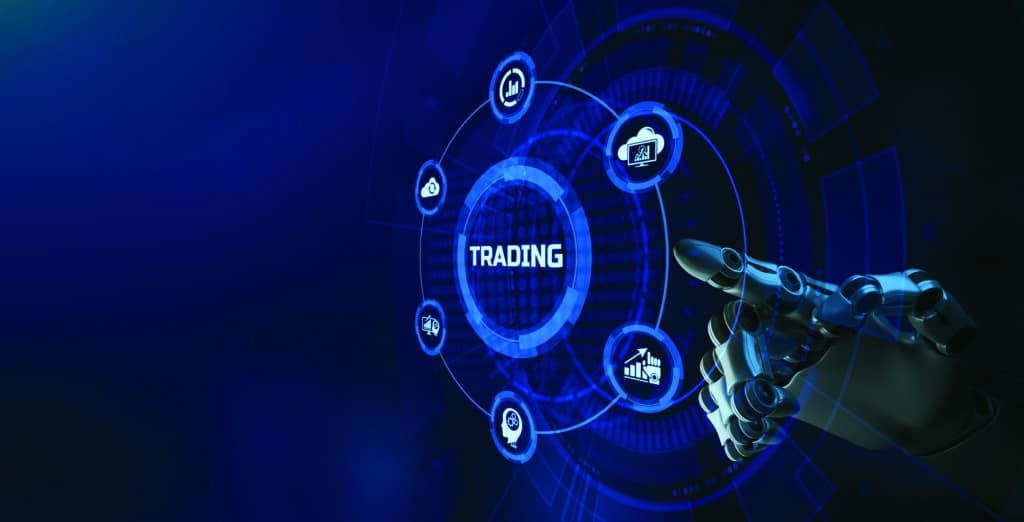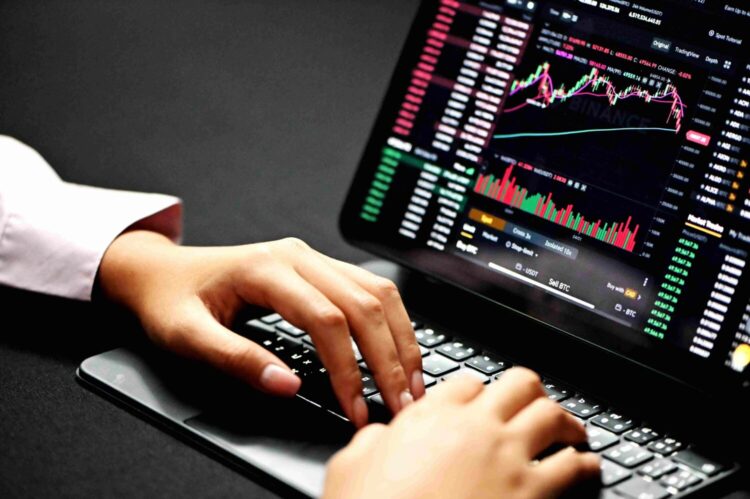In the fast-paced world of finance, automated trading has emerged as a game changer, promising efficiency and the potential for significant profits. Yet, diving into this arena without proper guidance can feel like navigating a labyrinth.
Many traders mistakenly believe that simply deploying algorithms will lead to windfalls. However, successful automated trading requires a blend of strategy, discipline, and continuous learning.
From understanding market dynamics and choosing the right tools to fine-tuning your trading algorithms, the path to success is paved with critical decisions and insights. Whether youre a novice eager to break into the market or a seasoned trader looking to optimize your approach, mastering the essentials of automated trading is crucial.
So, lets unravel the key elements that can transform your trading experience from a daunting challenge into a well-orchestrated endeavor.
What Is Automated Trading?

Automated trading, often referred to as algorithmic trading, involves using computer programs and algorithms to execute trades on financial markets automatically, without human intervention. This method leverages complex mathematical models and high-frequency data analysis to identify trading opportunities in a fraction of a second—a feat nearly impossible for human traders.
Automated trading systems can analyze vast amounts of market data, recognize patterns, and place trades at lightning speed, all while minimizing the emotional biases that often plague human decision-making. Whether one is seeking to exploit minute price discrepancies, manage risk, or streamline their trading process, automated trading platforms serve as powerful tools in the arsenal of both novice and experienced traders alike. As markets evolve, these platforms continuously adapt, making them not just efficient but also increasingly sophisticated in navigating the complexities of trading environments.
Setting Clear Goals and Objectives

Setting clear goals and objectives is the foundational step towards mastering automated trading. Imagine embarking on an intricate journey without a map; you\’d likely lose your way, right? Similarly, in trading, well-defined goals act as your compass, guiding each decision you make. These could range from broad aspirations, such as achieving a specific annual return, to more granular objectives like limiting losses to a certain percentage per trade.
By establishing both short-term and long-term metrics, you create a structured environment in which your automated systems can operate with purpose. Remember, the clarity of your goals not only enhances your strategy but also bolsters your confidence, allowing you to navigate market fluctuations with resilience.
Each goal serves as a benchmark, prompting necessary adjustments along the way, ultimately enabling you to refine your approach and cultivate a path to success.
Choosing the Right Trading Platform

Choosing the right trading platform is a critical step in your automated trading journey, one that demands careful consideration. With myriad options available, each boasting its unique features, capabilities, and pricing structures, the landscape can feel overwhelming.
Start by assessing your trading objectives: Are you a novice seeking basic functionality, or a seasoned trader looking for advanced tools? Some platforms offer robust analytics and a diverse array of trading instruments, while others prioritize user-friendly interfaces for effortless navigation. Additionally, consider the algorithms they support and their integration capabilities with other software you might use.
Dont overlook factors like transaction fees, customer support, and security protocols—these aspects can significantly impact your trading experience. Ultimately, take the time to test a few platforms with demo accounts, allowing you to get a genuine feel for their environments before committing to one.
Remember, the right platform is not just a tool; it’s a partnership that can enhance your trading potential.
Conclusion
In conclusion, successful automated trading requires a blend of strategic planning, market understanding, and the right tools. By effectively selecting an automated trading platform that aligns with your trading goals, you can enhance your ability to execute trades efficiently and capitalize on market fluctuations.
Remember that ongoing education and regular performance evaluation are crucial for adapting to ever-changing market conditions. With these essential tips in mind, you can increase your chances of achieving consistent success in the dynamic world of automated trading.
Whether youre a novice or an experienced trader, embracing these practices will empower you to navigate the complexities of the market with confidence.

